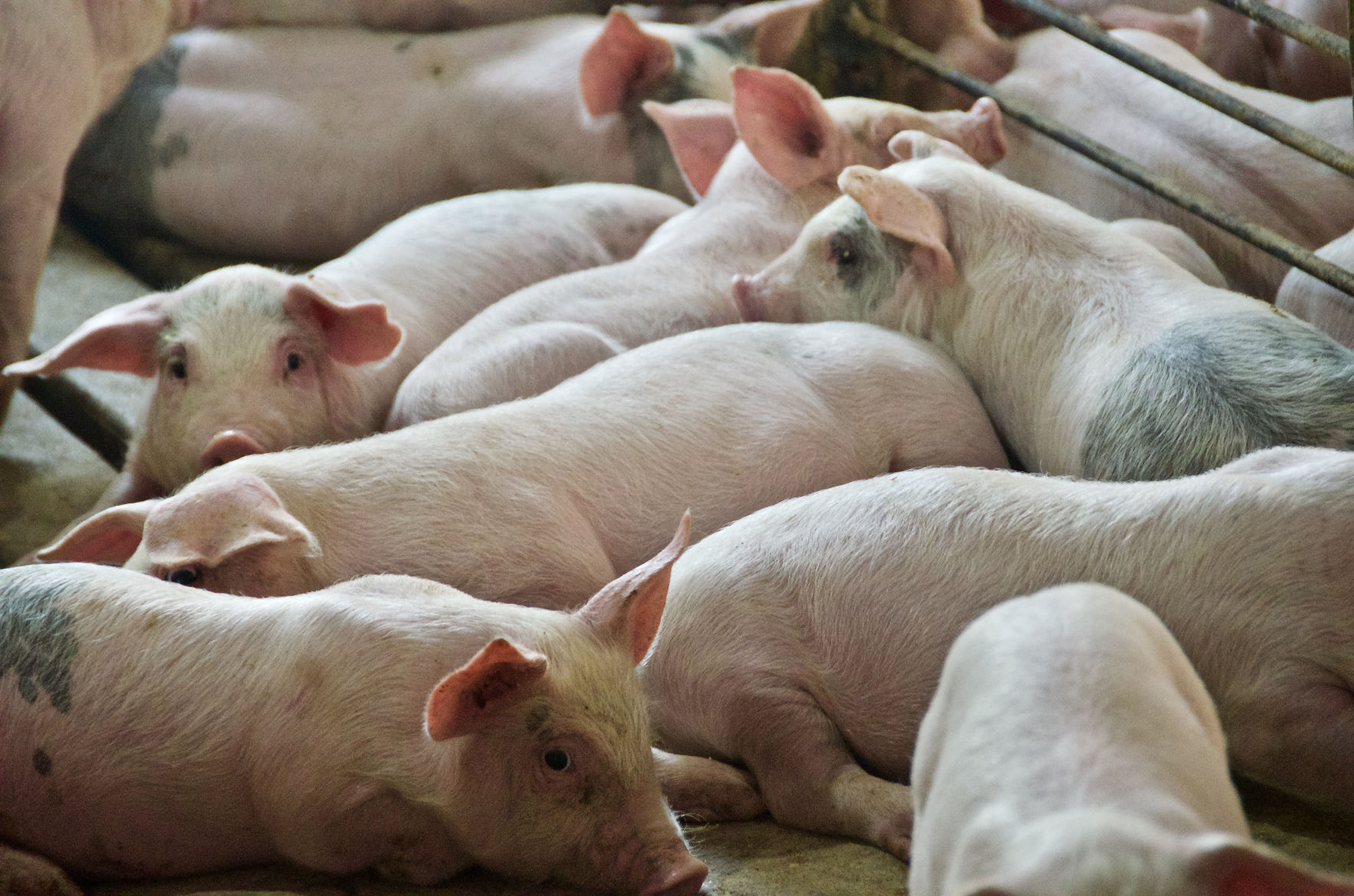The June U.S. Department of Agriculture’s Hogs and Pigs report shows the highest June 1 inventory of all hogs and pigs since estimates began in 1964.
All hogs and pigs were numbered at 73.5 million head, up 3 percent from a year ago levels and up 1 percent from March 1. The breeding herd is at 6.32 million head, up 3 percent from last year and 2 percent from the previous quarter. The market hog inventory is at 67.1 million head, up 3 percent from 2017 and up 1 percent from the first quarter. This is the highest June 1 market hog inventory since estimates began in 1964.
Pigs per litter continues to increase and is now at a record high 10.63 pigs for March through May, compared to 10.55 pigs last year. The pig crop for March through May is 33.2 million head, up 4 percent from the previous year and the largest for this period since 1970.
Joe Kerns, president of Kerns and Associates in Ames, Iowa said this breeding herd has been steadily increasing over the past six reports.
“I think the productivity is a bit underestimated and could really begin to push the fourth quarter to be sure we have enough space,” Kerns said. “We have a really big population of hogs coming at us.”
Lee Schulz, Iowa State University associate professor of animal science said the increase of more than 100,000 sows to the breeding herd is the biggest increase seen in the breeding herd since 1997.
“When going back to the March through May intentions and compare it to the actual numbers, 460,000 more pigs are going to be in the mix than expected,” Schulz said. “Farrow to finish producers are at break even right now and expectations are for a much larger pig crop ahead.”
Smaller June slaughter numbers mean more hogs are going to be coming to market soon. Regionally, numbers have been increasing in areas where new hog harvesting facilities have come online in Sioux City, Iowa, and Coldwater, Michigan. Another facility in Iowa is expected to be online in late 2018.
Ron Plain, University of Missouri animal science professor emeritus, said he expects there to be enough space in packing facilities even with the continued growth in production. Some pressure may be seen in the fourth quarter, but that market force is present each year.
“The growth we’ve seen means we will see several months ahead in red ink,” Plain said. “We’ve seen five consecutive years with an increase in production of 1.5 percent. It will be interesting to see how this affects production in the coming quarters.”
Kerns stressed that 2018 should not be looked at as a replay of 1998 when hog prices dipped considerably. “While we do need some normalcy in trade, we are only 10 percent of the world’s pork supply,” he said.
Schulz said the increase in production shows the importance of price risk management for pork producers. He suggested producers take advantage of low feed costs by locking in some future feed purchasing, especially until prices come back up.
Schulz expects prices for the third quarter of 2018 to be $67 to $71 per hundredweight based on the Iowa-Minnesota carcass base. For the fourth quarter of 2018, he expects $52 to $56 per hundredweight. The first quarter of 2019 he predicts $58 to $62 per hundredweight and $62 to $66 per hundredweight for the second quarter of 2019. Iowa-Minnesota lean hogs weighted average closed at $78.53 per hundredweight on July 2.
Plain’s predictions were a little less with third quarter of 2018 at $65 to $68 per hundredweight, fourth quarter of 2018 at $49 to $52 per hundredweight, first quarter of 2019 at $55 to $58 per hundredweight and second quarter of 2019 at $61 to $64 per hundredweight
Jennifer Carrico can be reached at 515-833-2120 or [email protected].



